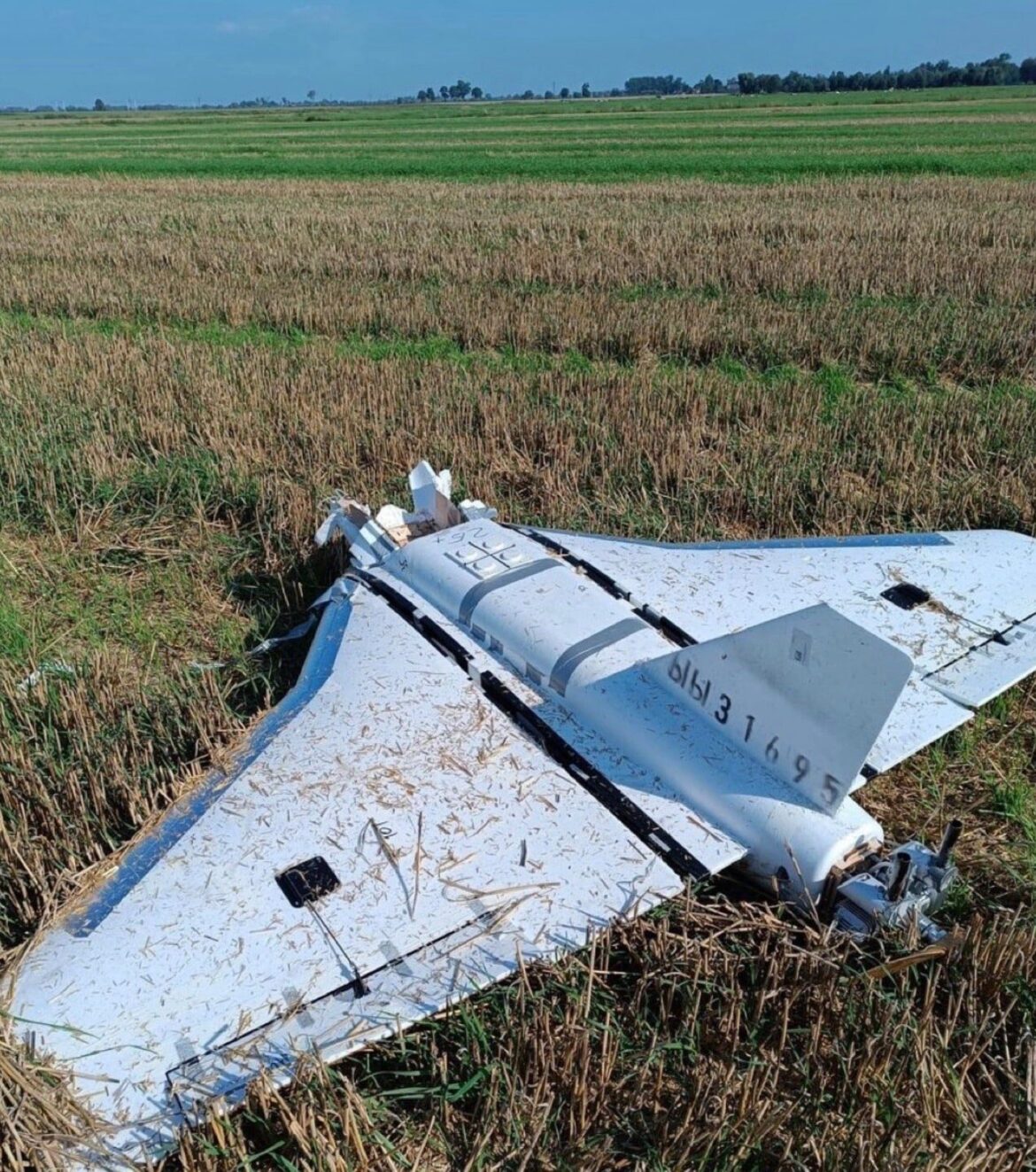European Union defense ministers are fast-tracking plans for a comprehensive “drone wall” defense system after fresh unidentified drone sightings over military installations across Denmark, Sweden, Finland, and Lithuania sparked fears of escalating Russian hybrid warfare tactics, reports Radio Free Europe.
The latest incidents, reported early September 27, came just one day after EU defense ministers held emergency talks on anti-drone measures, highlighting the urgent security challenge facing European airspace. For drone professionals and defense contractors, these developments signal a massive acceleration in counter-UAV technology deployment and procurement across the continent.
Fresh Drone Activity Prompts Military Response
Danish Armed Forces confirmed that “drones were observed at several Danish defense locations” on the night of September 26, triggering the deployment of “several capabilities” to counter the threat. The incidents affected multiple military sites, including Denmark’s largest base at Karup, where police reported multiple drone observations.
NATO responded by announcing upgraded presence in the Baltic Sea region, promising “even more enhanced vigilance with new multi-domain assets,” though alliance officials kept operational details classified.
Meanwhile, a drone fragment discovered in Estonia’s Luitemaa Nature Reserve—possibly washed ashore from the Baltic Sea—is undergoing analysis by local authorities, according to Estonian media reports.


EU Fast-Tracks Drone Wall Initiative
The surge in incidents has transformed the previously stalled “drone wall” project into a top EU priority. Defense Commissioner Andrius Kubilius told reporters the shield could become reality within a year, with an “effective detection system” as the primary focus.
“Russia is testing the EU and NATO,” Kubilius said after the September 26 virtual defense meeting. “Our response must be firm, united, and immediate.”
The initiative, originally championed by Finland, Poland, and the Baltic states, had faced funding obstacles when the EU’s executive branch rejected an Estonian-Lithuanian funding request earlier this year. However, the recent escalation has shifted political momentum dramatically.
Pattern of Suspected Russian Hybrid Operations
These latest incidents follow a concerning pattern of drone incursions across European airspace. On September 10, NATO jets shot down several of approximately 20 Russian drones that Polish officials said breached their airspace during attacks on Ukraine.
Airport disruptions have become particularly problematic, with drone activity forcing hours-long closures at Copenhagen Airport on September 22 and briefly shutting Oslo’s main aviation hub. Similar incidents affected airports in Aalborg and Billund.
“The hybrid war is ongoing, and all countries in the European Union will experience it,” Polish Defense Minister Wladyslaw Kosiniak-Kamysz warned, calling for “very radical” responses to the Russian threat.
Intelligence suggests these operations deploy consumer-grade or custom drones launched from land or sea positions just outside protected zones, creating maximum disruption with minimal escalation risk.
Technical Implications for Counter-Drone Industry
The European response represents a significant opportunity for counter-UAV technology providers. The proposed detection and interception infrastructure will require sophisticated radar systems, electronic warfare capabilities, and automated response mechanisms capable of distinguishing between legitimate and hostile drone traffic.
Danish and regional media reported a Russian Ropucha-class landing ship, the Aleksandr Shabalin, operating with its transponder disabled approximately 7.5 miles off the Danish island of Langeland during recent drone sightings, suggesting potential sea-based launch capabilities that defense systems must address.
DroneXL’s Take
This escalation marks a pivotal moment for the counter-drone industry in Europe. What began as isolated incidents has evolved into a coordinated challenge requiring comprehensive technological solutions. The EU’s commitment to building detection infrastructure within a year suggests massive procurement opportunities for companies specializing in counter-UAV systems.
However, the technical challenge is substantial: distinguishing between legitimate commercial drone operations and hostile incursions while maintaining normal aviation operations requires sophisticated AI-driven systems capable of real-time threat assessment.
The apparent use of consumer-grade drones for these operations also highlights the democratization of aerial harassment capabilities—a trend that will likely drive demand for more accessible, cost-effective counter-drone solutions across civilian infrastructure.
What counter-drone technologies do you think will prove most effective against this type of hybrid warfare? Share your thoughts in the comments below.
これをシェアしよう:
DroneXL.coをもっと見る
購読すると最新の投稿がメールで送信されます。


WACOCA: People, Life, Style.